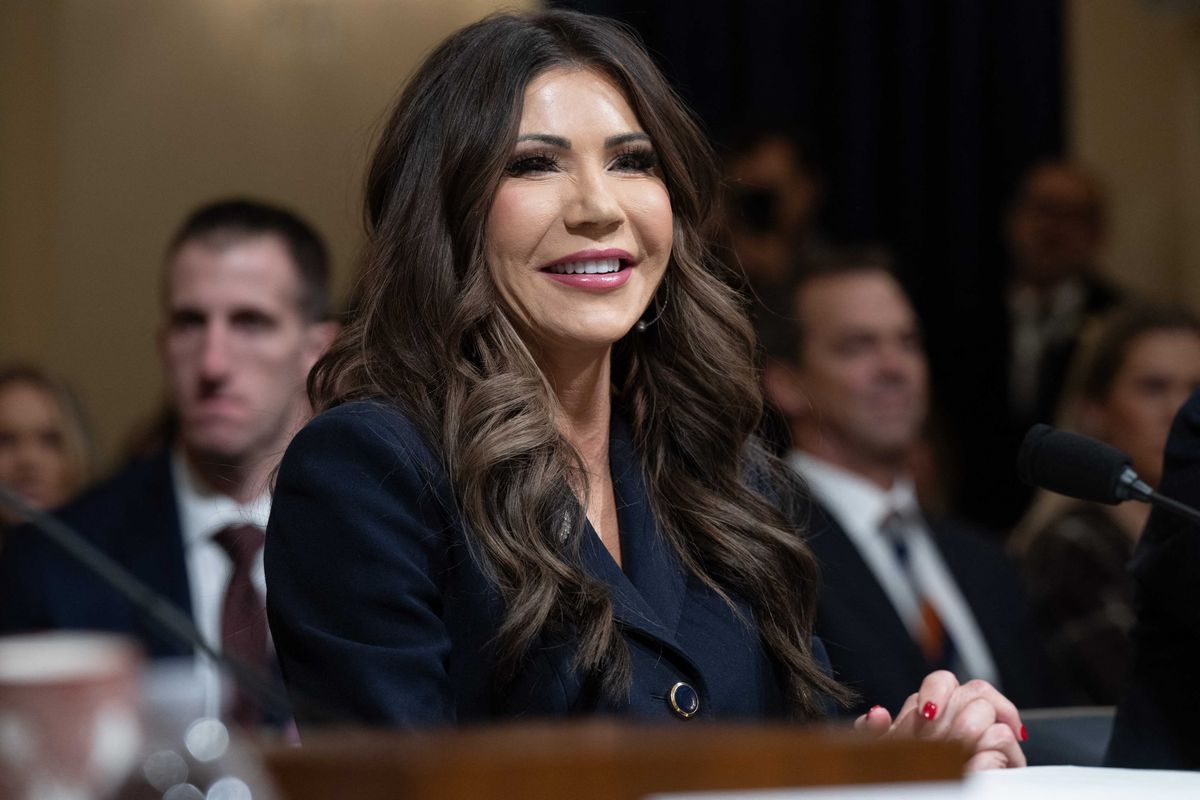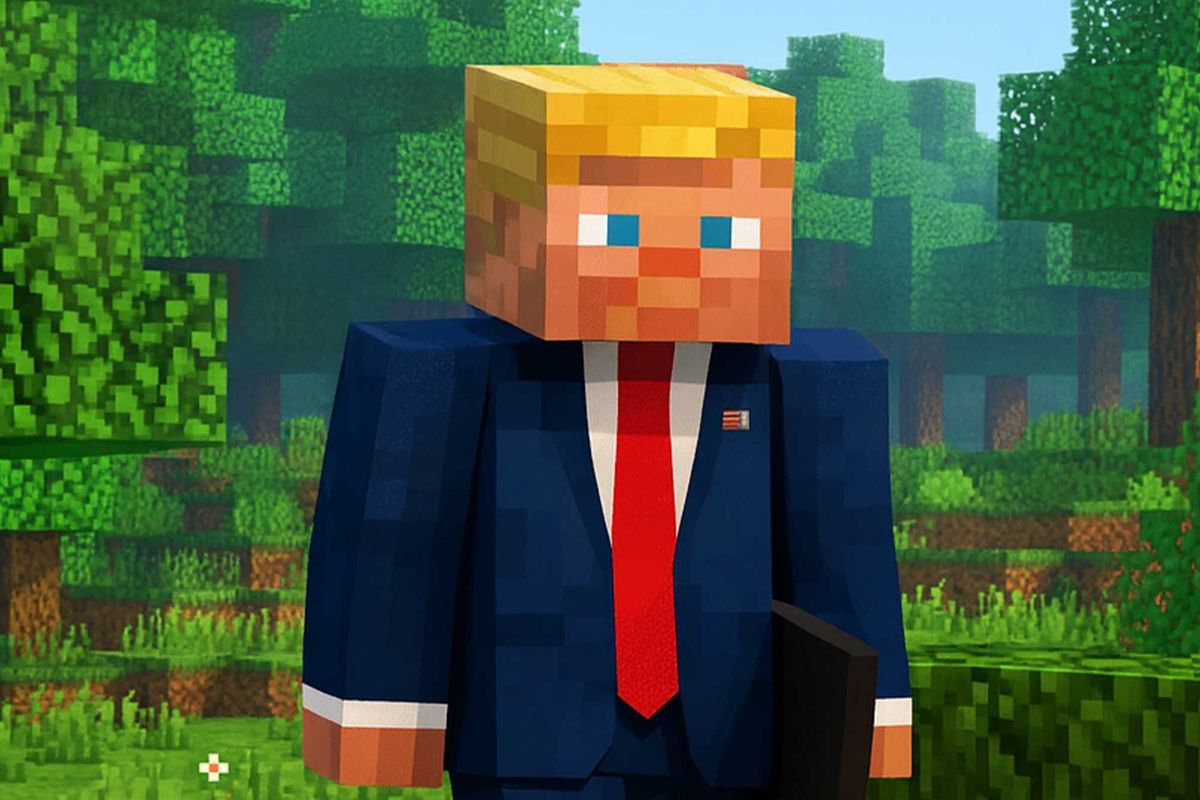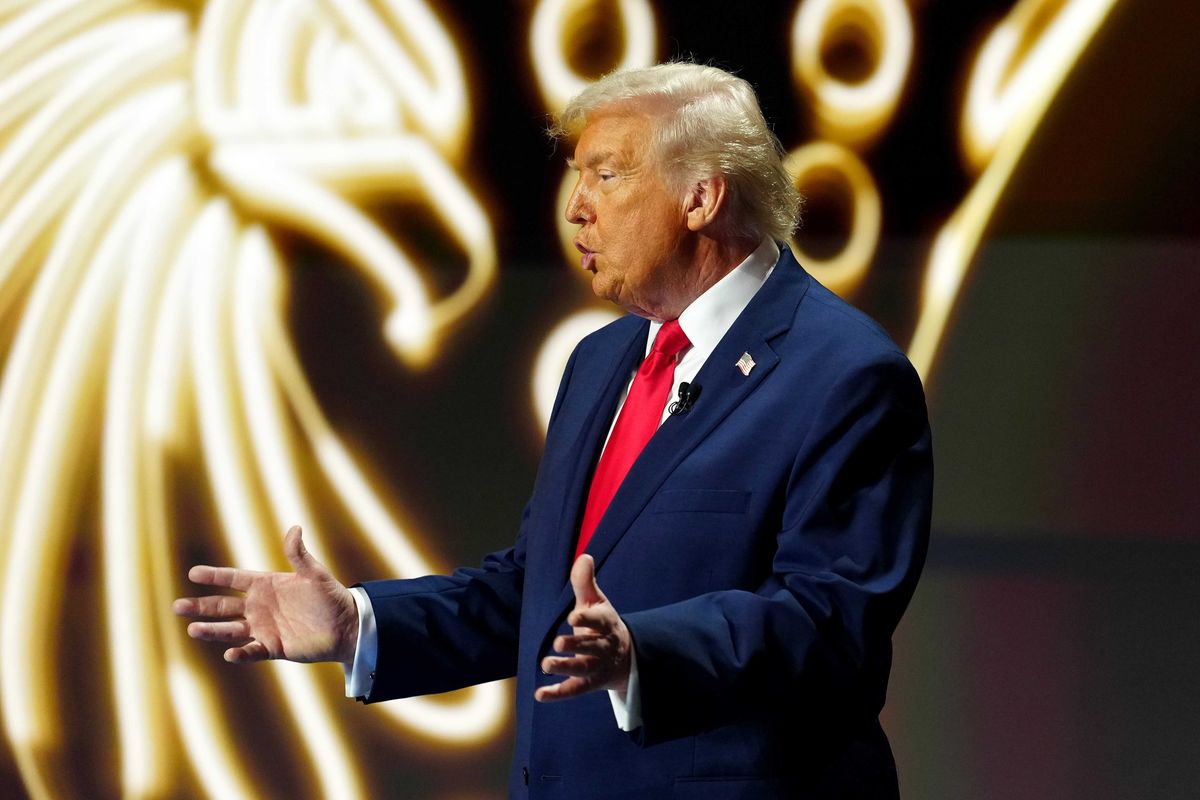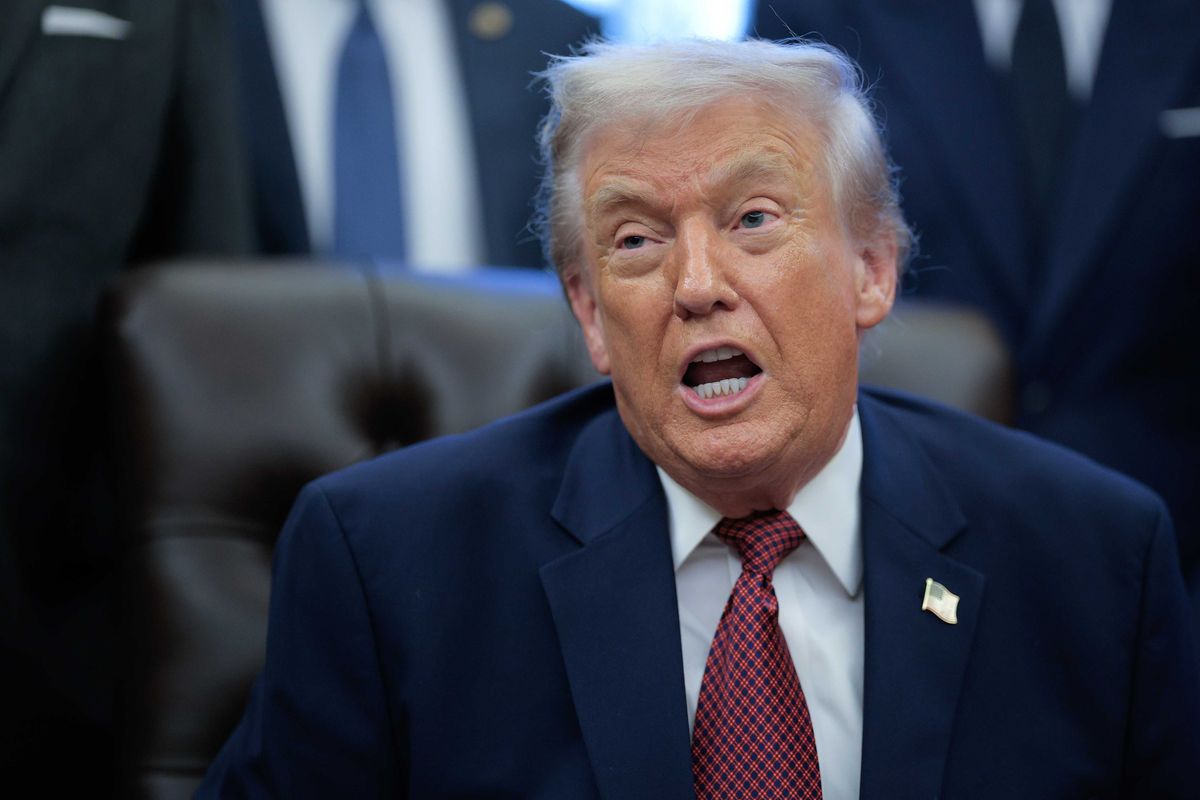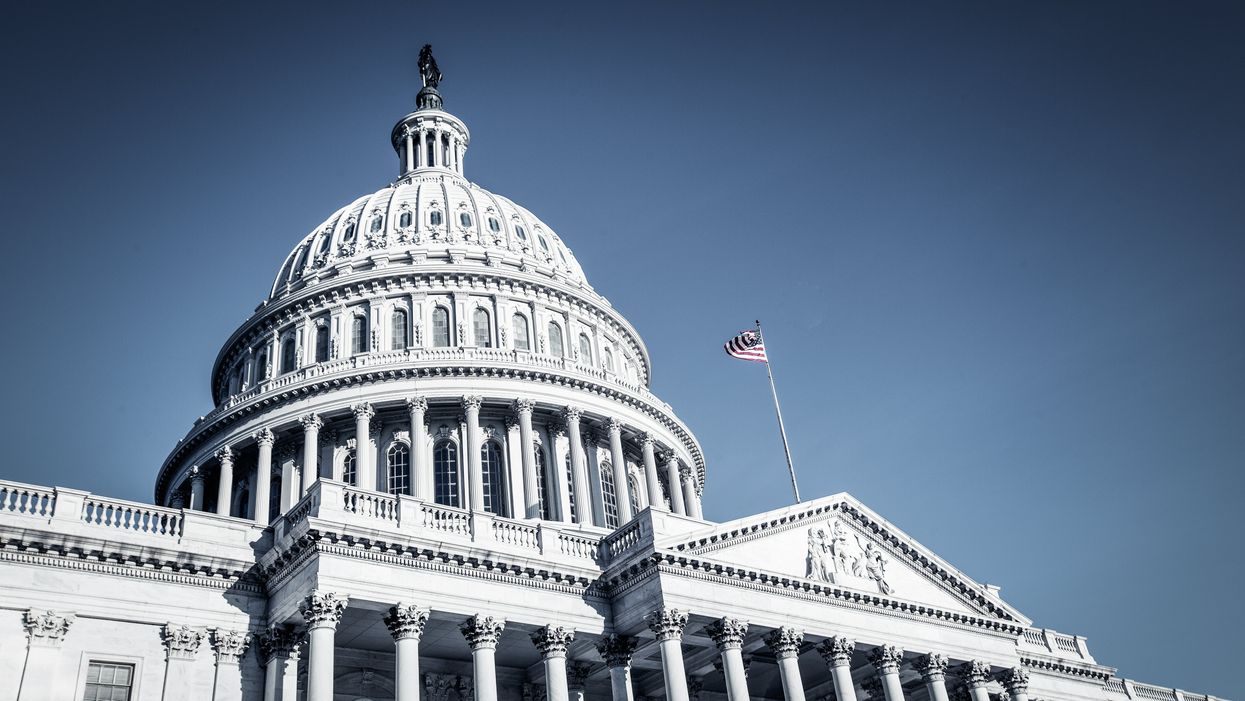
Will Americans receive a second stimulus cheque from the government?
As the economic impact of the Covid-19 crisis continues to have a devastating effect on businesses and livelihoods, millions of people are hoping so.
But plans to provide one have been batted back and forth by Republicans and Democrats and proven difficult to approve. The way forward is yet to be agreed on.
So what’s likely to happen and when will we know for sure?
Debates as to whether the government should provide a second stimulus cheque – a sum of money paid to individual taxpayers in the hopes of boosting the economy – have waged almost since the first was provided.
The first round of cheques were sent out in the second week of April.
These typically amounted to $1,200 (£880) per person: high earners received partial payment, while parents received an additional $500 (£370) per dependent child.
The roll out, headed up by the Internal Revenue Service (IRS), proved complicated: millions of cheques were reportedly never sent out.
Meanwhile, Trump was accused of using the provision as a PR opportunity by sending out a signed letter alongside them.
House Democrats pushed for a second, equal cheque to follow the first. But Republicans resisted agreeing to fund stimulus packages as expensive as the Democrats wanted.
The Republicans shot down some of the proposals in the Democrats’ Heroes Act, which was intended to supplement the Cares Act: the bill passed in March to provide financial relief and security to people struggling during the pandemic.
If passed in full, the Heroes Act would have cost around $3tr.
The Democrats, meanwhile, rejected the Republicans’ “skinny stimulus” bill, costed at $1tr, which cut out funding for a second stimulus cheque as well as other provisions.
The likely outcome, then, is something between the two.
Biden supports the Democrats’ fuller stimulus proposals, while Trump himself is said to support the sending of a second cheque.
But the Mitch McConnell-led senate Republicans are unlikely to allow a bill costing much more than $1tr to pass.
As such, the Democrats threw their support behind the “908 plan”, drawn up by a bipartisan group of senators.
This plan, so called because it would cost $908bn, doesn’t include a second stimulus cheque: for many Democrats, more concerned with issues like aid for local government and assistance to renters, this wasn’t the priority anyway.
But some Republicans refused to back it and put forward a rival proposal, unveiled by treasury secretary Steven Mnuchin.
This new proposal included a $600 (£440) stimulus cheque, but was rejected by the Democrats because it lacked provisions for extra unemployment benefits.
The two sides found themselves in a stalemate.
With a change in administration heightening political tensions and people’s livelihoods hanging in the balance, how do they move past it?
One possibility is a stopgap spending bill, which would allow Congress to take short term action while delaying further debate on the more contentious elements of a stimulus bill until next year. The deadline for that to be agreed on is imminent: 18th December.
If this passes it could include a $1,200 stimulus cheque because of an amendment proposed by Senators Josh Hawley and Bernie Sanders.
Alternatively, an agreement on a full stimulus package could be reached based on either the 908 plan or the Mnuchin bill.
If this is the case, it’s likely to include a $600 (£440) cheque and a weekly unemployment boost of $300 (£220), as agreed on by both sides.
If a stopgap bill isn’t passed, congress will continue debating the full bill and Americans should know what their next stimulus package, and cheques, will look like by the end of the week.






